With my week in Orkney last September there was no way I would miss visiting one of my favorite distilleries in the world. Highland Park has long held a soft spot in my heart and upon my palate, and every time I drove anywhere near Kirkwall it was as if the distillery had a gravity of its own. The car would begin veering toward the soft hills on the southern outskirts of Kirkwall, the wheel turning, unbidden, in my grasp. Sarah generally helped me out here, reminding me of the day’s schedule, but not always for she, too, enjoys Highland Park’s elixir.
Eventually that week I returned to Highland Park on official business for another in-depth tour and tasting five years after my last epic visit. I’ve been traveling around Scotland under the auspices of Traveling Savage for over seven years at this point, and that requires a certain amount of retreading my own footsteps mixed in with new adventures. Time passes, things change, once-great places become over-touristed while the unknowns become hidden gems. I view staying on top of such changes as a solemn responsibility to anyone reading this site. The whisky industry in particular is quite turbulent with far-reaching strategies affecting core brands and bottles seeming to change as quick as Orcadian weather. I worry about great brands buckling under the pressure of ever-mounting unmet demand for this mystical liquor only Scotland can produce.
So it was with trepidation and boundless enthusiasm that we arrived to gorgeous Highland Park on a day with a shattered blue sky. If you haven’t read about Highland Park yet or wish to refresh yourself, I invite you to read my original Highland Park post as it goes into detail about the distillery’s history and process, as well as an extensive tasting. Thankfully, those details haven’t changed, so I’m going to skip over those in favor of mentioning mostly new and interesting tidbits arising in the interim.
I received a private tour on my previous visit to Highland Park, but the tasting was captained by a great guide I referred to as Gentleman James. I was happy to see James again on this most recent visit as I got to experience his tour from start to finish. Meeting James again and speaking with him is like speaking to the distillery itself for no detail escapes his recollection. But he’s also not afraid to share his personal opinion about Highland Park, the whisky industry, or just about anything you ask him, and I think this characteristic is what separates the great guides from the good ones.
One of the few distilleries still malting a portion of their barley, Highland Park gives visitors the chance to put their back into turning the malt like a maltman. The barley is moistened and spread along the cement floor where it germinates until small shoots creep out from the barleycorn. Turning the barley keeps it at the right temperature during this process, and I quickly volunteered for a short stint with the paddle. It’s nice to see this grand tradition continuing here on Orkney.
Once the malting process is complete and most of the barley’s starches have converted to accessible sugars it’s time to suspend germination by kilning. This is the stage where peaty, smokey notes are imparted to whisky as on Islay, and here at Highland Park they also add peat to the coal fire used to dry the barley. Peat, which forms in boggy, acidic ground over thousands of years, has been used a fuel source on the Scottish islands for a very long time. It looks a bit like dirt but is actually decayed vegetable matter that gives off heat and a pungent smoke when burned. At Highland Park they use peat from Hobbister Moor, just a few miles southwest of Kirkwall, and by James’s estimation there’s enough peat left to make whisky for hundreds of years yet. To be honest, that has me worried.
Orcadian peat has a different quality from both Islay and Highland peat. There’s a heathery, honey, slightly more woody note to Orkney’s peat than the others, and it’s beautiful in whisky.
While admiring the stillhouse, James told me of some experiments with locally grown barley Highland Park has been undertaking the last several years. Most of the barley Highland Park uses comes from central Scotland, but as provenance and terroir have become huge selling points in the world of whisky, just as they are in wine, Highland Park has been distilling small batches of 100% Tartan barley grown on Orkney. They’re monitoring these barrels and intend to bottle it when it’s 11 or 12 years old. Those bottles will surely fetch a pretty penny.
Passing through the glorious warehouse I sniffed cask of 46-year-old whisky before drifting up to Highland Park’s classy tasting room. There we found an array of seven drams of Highland Park’s blood, sweat, and tears. After seating ourselves James dove into the extensive tasting. As several of the drams are the same ones I covered in my original post (Highland Park 12, 18, and 25) I’ll omit them here only stating that they continue to be as good as ever.
The first dram of the tasting and a new one for me was the Leif Eriksson, a no age statement (NAS) dram bottled at 40% ABV. The light, tropical fruit and pineapple aroma cuts against the standard Highland Park profile, and this tells me there’s quite a bit of American oak at play here. It’s a drying dram that tingles the sides of the tongue, and there’s a gentle peaty, lightly smokey aftertaste with less body and finish than I’d prefer. Certainly this is a carefully crafted whisky for a specific market.
After tasting through the stout value of the 12 and the always excellent 18 we landed on Highland Park 21. Bottled at 47.5% ABV, this dram struck me as the most unusual of the lot. The peaty, smokey character was a bit stronger than the others, and it possessed a prominent floral essence accentuated by raisins, Sherry, and an exotic spice I couldn’t quite put my finger on. This dram was something of a changeling, as each time I went back to nose it I found a different defining character. The warm, glowing finish sent me back for more.
Moving on we came to Highland Park 30 at 45.7% ABV. I do declare this might be the most perfect all around whisky I’ve ever had the pleasure to try. Huge, billowing aromas of Sherry, toffee, dried fruit, peat smoke, dark chocolate, and orange fill the glass. The promise is kept on the palate, which is at once delicate and complex, mellow, and supremely smooth. I pick up something savory in the background which serves to accentuate the other rich notes. Even at £600+ Highland Park can’t meet the demand for this whisky.
James regrettably informed us that the last dram was not the Highland Park 40, as several of us presumed. Instead, it was a single-cask cask-strength 46 year-old single malt distilled in 1968. Shucks. It was, in fact, the very whisky from the cask we smelled in the warehouse. At 40.1% it had to be bottled, and it was magic, though magic very unlike Highland Park’s typical image. This whisky had spent all its life in a third-fill American oak cask, which produced a light and delicate dram with juicy tropical fruit and pineapple notes. It didn’t quite have the same presence on the finish as the Sherry-inflected drams, but my goodness was this drinkable. What an honor to enjoy such a rare malt.
Highland Park has been distilling whisky for going on 220 years. You can find their whisky in blends from Famous Grouse to Cutty Sark, but 70% of their product gets bottled as a single malt with a Highland Park label. That’s no easy feat. Not all whiskies can be enjoyed as single malts — that takes careful wood management, a strong newmake spirit, and attention to detail at every step of the process.
Highland Park sells a huge range of standard bottlings, including 12, 18, 21, 25, 30, and 40. They even sold a 50, which I saw on my last visit. But things change. In the shop I saw Highland Park 10. Highland Park 15 has been discontinued. And the distillery is no stranger to special bottlings either. The Norse gods have come and gone. I’ve seen Fire and Ice, Magnus, Dark Origins, and Valkyrie, and soon we’ll see Valknut and Valhalla. There are dozens more that never make it to American shores. It’s unclear what reserves are being used to bring these bottles to market, but the market demands ever more Highland Park.
When in doubt, stick to the standard age statements. Each of those expressions is finely crafted, consistent, and delicious. Time hasn’t changed that.
Disclosure: Highland Park provided me with a complimentary visit. All thoughts and opinions expressed here are my own, as always.

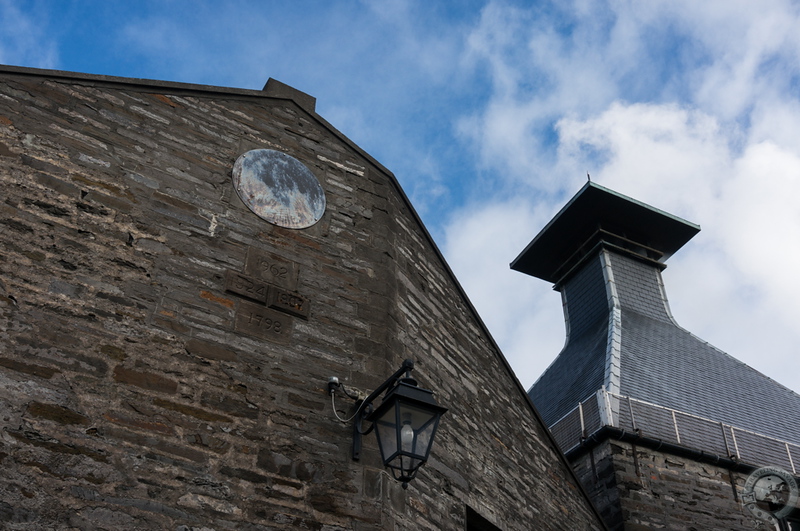
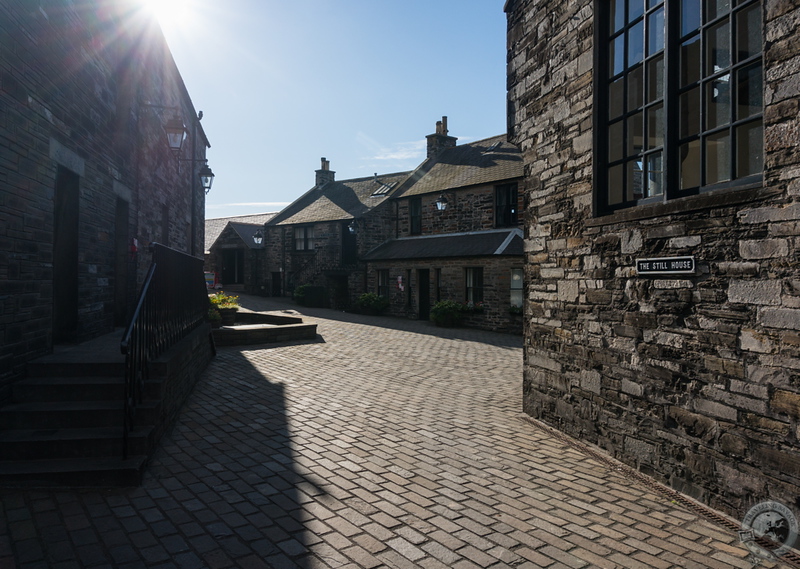
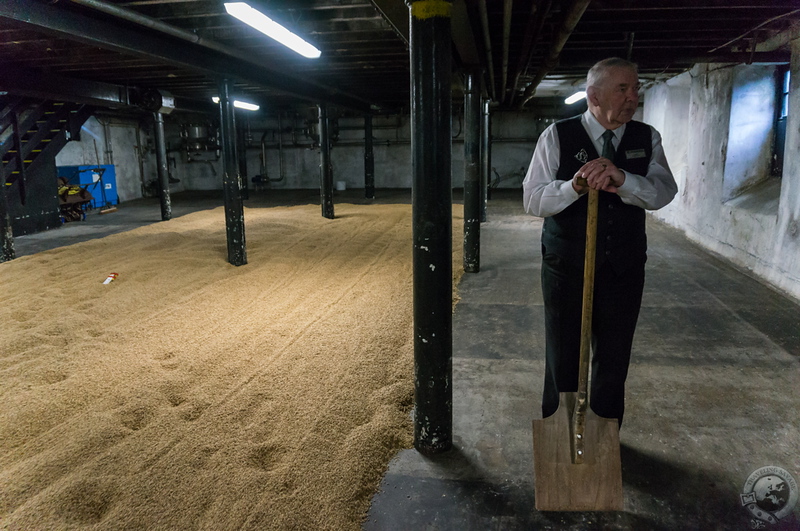
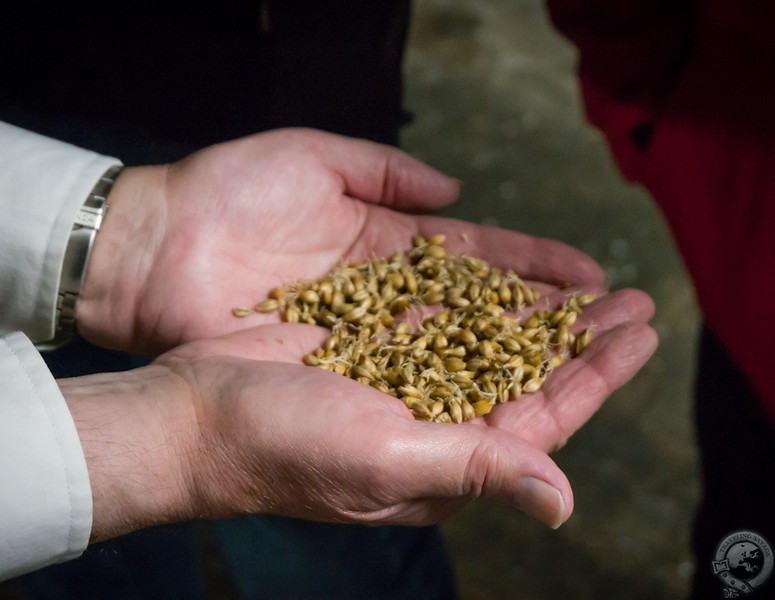
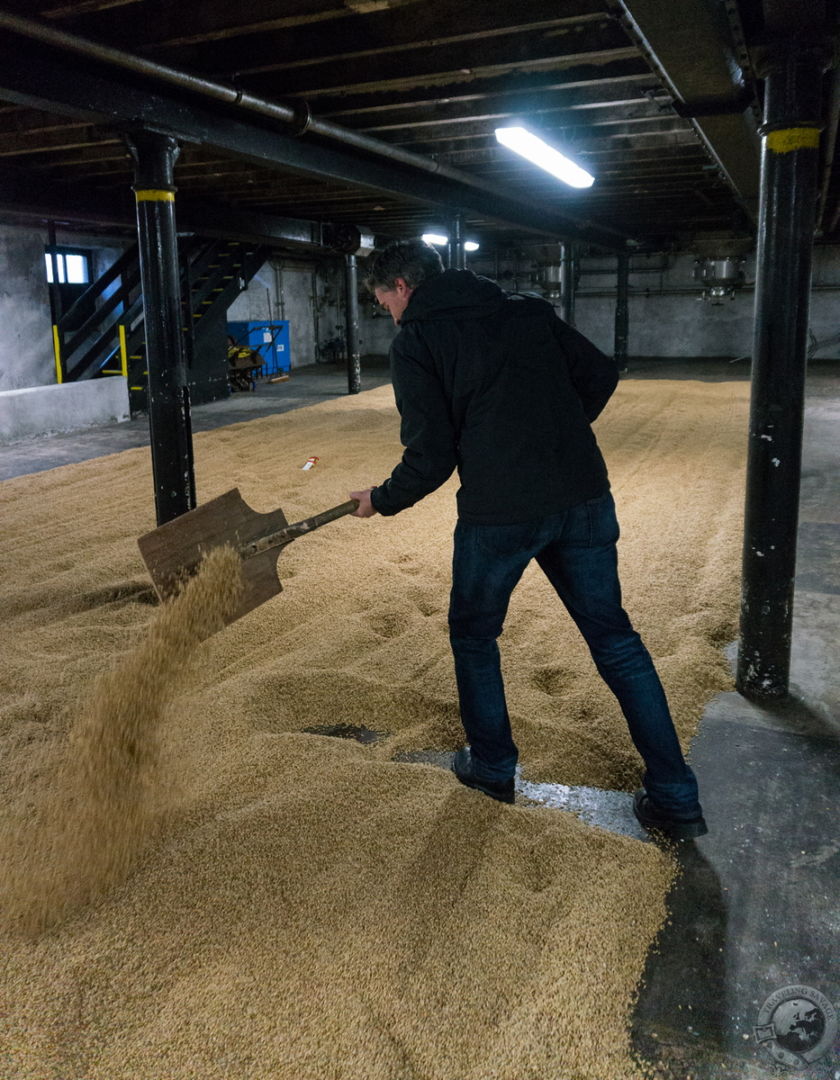
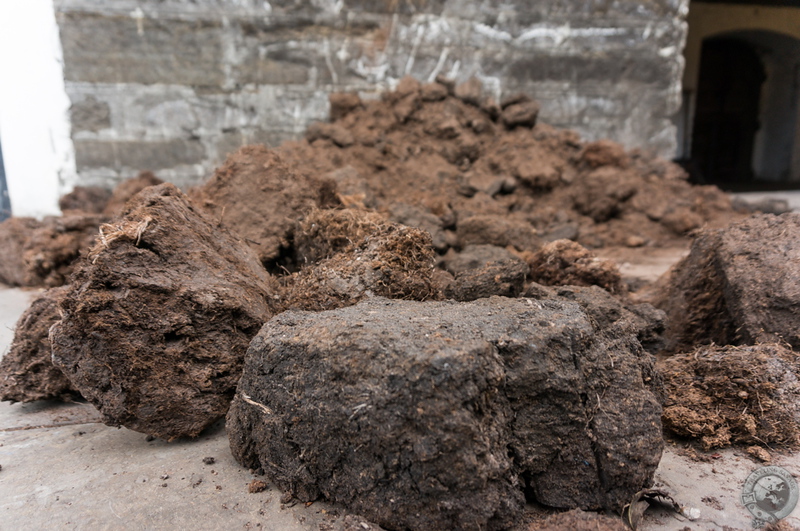
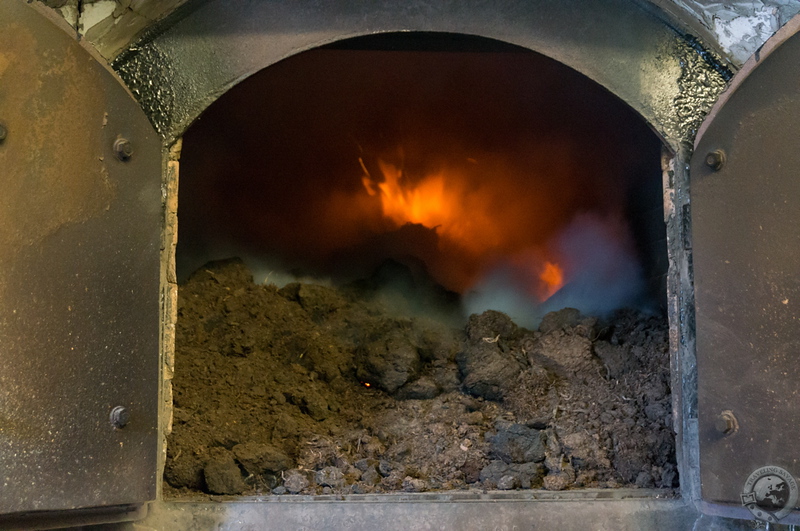
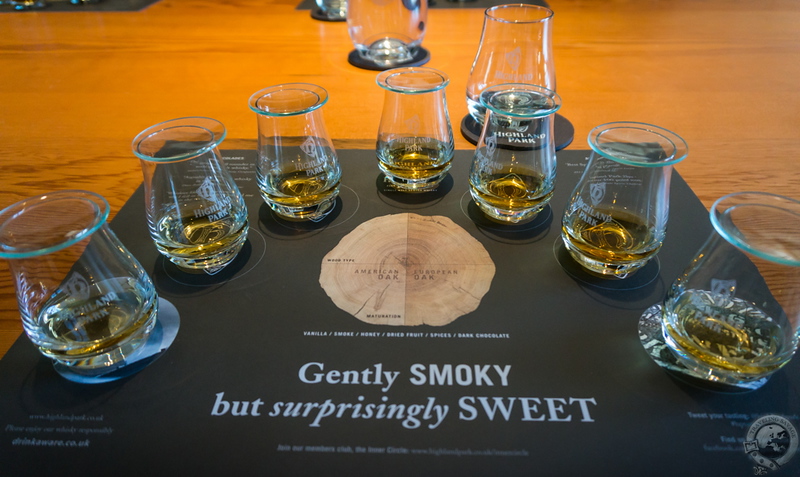
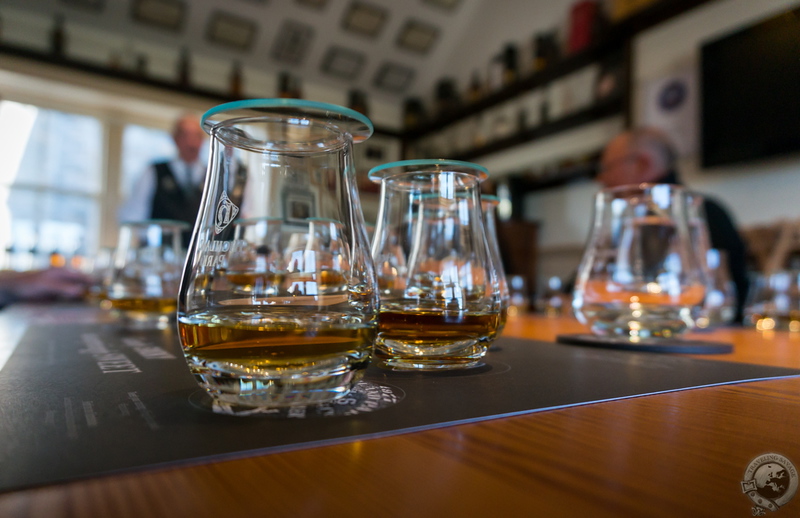
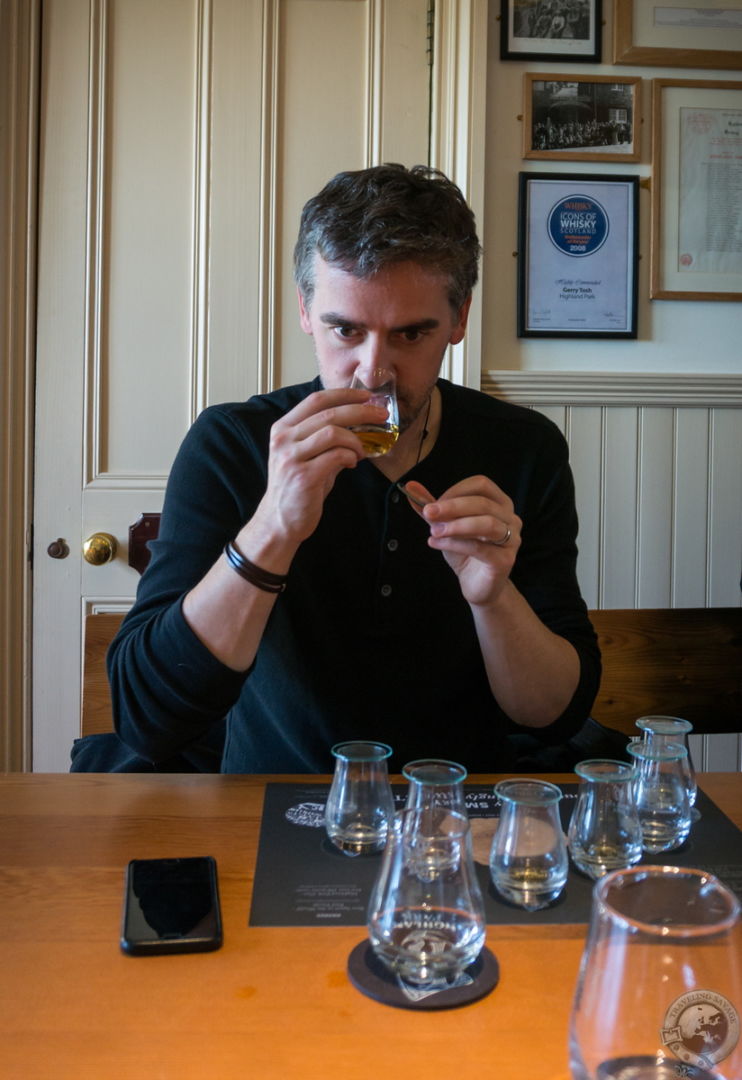
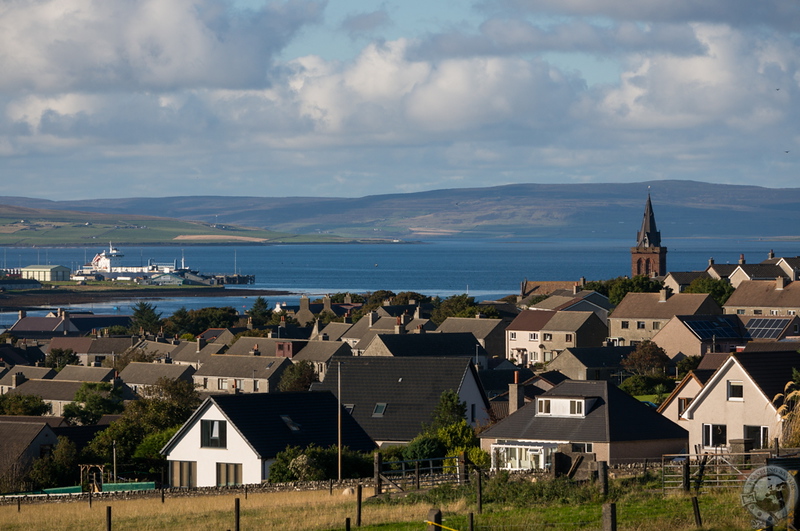
Hi Keith,
Wow! This brought back some memories. We so enjoyed our tour of Highland Park, and this where we really fell in love with whisky. There’s just something special about this distillery, its whisky, and its history, and indeed, Orkney. Unfortunately, I’ve forgotten our guide’s name, but he was fabulous.
Thanks for the beautiful pictures.
Best,
Joanie
Orkney is such a special place. It’s no wonder such great whisky is made there as well.